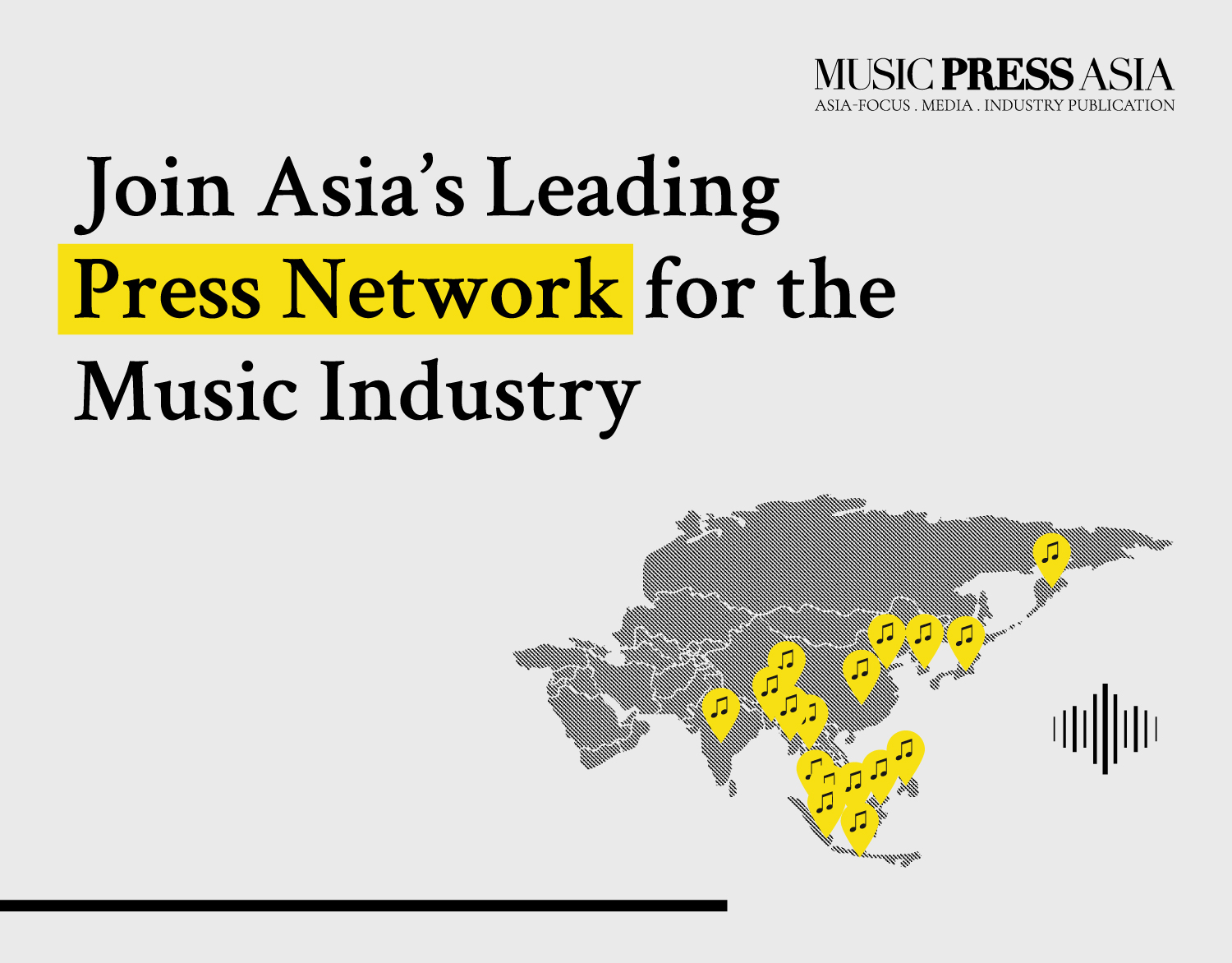How Can Aviation Industry Meet its Net-Zero Goals?
Environment Series: Following this month’s theme on environmental studies, we’ve done some reading for you. In a foundation report by World Economic Forum in collaboration McKinsey & Company ‘Clean Skies for Tomorrow — Sustainable Aviation Fuels as a Pathway to Net Zero Aviation, we’ve digressed its full report to give you a brief insight to its report on production costs and efforts needed to drive a shift to sustainable aviation fuels (SAF).
Environment Series: Following this month’s theme on environmental studies, we’ve done some reading for you. In a foundation report by World Economic Forum in collaboration McKinsey & Company ‘Clean Skies for Tomorrow — Sustainable Aviation Fuels as a Pathway to Net Zero Aviation, we’ve digressed its full report to give you a brief insight to its report on production costs and efforts needed to drive a shift to sustainable aviation fuels (SAF).

The World Economic Forum’s Clean Skies for Tomorrow coalition recognises the immediate efforts to achieve carbon-neutral flying is in deploying sustainable aviation fuel production and usage.
This foundation report gives us an insight into the efforts to calculate, accurate as possible, a fact-based report on the availability and accessibility of sustainable aviation fuels (SAF) and other clean propulsion technologies. All in the name to drive a shift to zero-emissions aviation. Although many terms have been new to us, it is the urgency of the matter that has already launched many efforts worldwide including the collection used cooking oil; its production costs and location of its refinery plant.
In its foreword, the author firmly noted the importance of SAF as a ‘necessary step in aviation’s decarbonisation pathway, especially with next-generation technologies like electric flight and hydrogen-powered propulsion…’ that would be adopted in the industry as early as 2030.
Mentioning that even with the pandemic slowing down aviation operation, climate goals are a collective worldwide effort. Pledging their commitment encouraged by the CST coalition member, their collaboration with the Energy Transitions Commission and the Rocky Mountain Institute, and the World Economic Forum’s partners in the CST coalition secretariat.
We are amazed by their work highlighted in this report and have published the report’s 40th page “Conclusion” below.
CONCLUSION, page 40, text extracted from World Economic Forum Clean Skies for Tomorrow — Sustainable Aviation Fuels as a Pathway to Net-Zero Aviation.
“Producing sustainable aviation fuel will almost certainly continue to be more expensive than refining fossil jet fuel, but the costs of exceeding the 1.5 or 2.0-degree targets of the Paris Agreement are incalculably greater.”
“Stakeholders across the aviation fuel value chain agree that SAF are a critical component in the industry’s pathway to decarbonization. Similarly, it is widely understood that if the industry wishes to undertake an energy transition, it will require several levers to activate today and in concert for the ecosystem to achieve the scale required to have a lasting and meaningful impact. Making such an industry-wide transition to SAF presents significant yet surmountable challenges.”
“This report builds a foundational fact base on which global stakeholders can begin to make important decisions on investments, regulatory measures and long-term targets. The transition will require coordinated efforts and a level-playing field for carriers, both of which require sharing of accurate and consistent information. There is no “silver bullet” overarching approach for aviation’s decarbonization, but SAF is a necessary asset in the transition. With international certification standards for sustainability, lifecycle emissions reductions, and technical compatibility, every region will be able to develop its own appropriate mix of feedstock and technology pathways.”

“Through the CST project, the Forum and its partners are supporting aviation’s industry transition to climate neutrality. Based on inputs such as this report, the CST coalition and the industry as a whole are developing interventions that will incentivize leaders to act in three key areas.”
“First, supportive public policies are necessary to inspire swift action. Global deployment at scale requires policy interventions to trigger learning curve effects and economies of scale that would not only drive uptake but also deliver economic benefits to the industry and beyond. A level-playing field is critical due to aviation’s global nature and policy-makers must collaborate to design an effective and harmonized system. Decisions will be in many cases regionally determined on respective feedstock availability and technology pathways decisions, but SAF’s overall technical compatibility will enable these customizations. A basket of policy and regulatory measures will be necessary to incentivize investment in new technologies and plants. Industry and governments must align on acceptable policy tools to lock in strict sustainability criteria and ensure that SAF development is not counter-productive via negative impacts on land use or other environmental considerations.”
“Second, a scalable SAF marketplace will drive a strong demand signal. Evidence suggests that corporate flyers are willing to pay a premium for more environmentally-friendly transportation and, specifically, use of SAF in air travel – translating into a significant SAF blend. While this is influenced by feedstock availability and technology pathways, a scalable SAF marketplace could provide consumers with an easily accessible SAF purchase. Incorporating independently validated sustainability metrics and an environmental benefit unit of trade with transferable ownership could further drive uptake. This would enable the industry to directly reduce lifecycle emissions as an alternative to offsetting schemes.”
“Third, a financing blueprint for the energy transition will enable a rapid evolution. Given the cost differential of SAF, the transition will rely on the creativity and commitment of the financing industry. Together with the aviation industry, investors and lenders must design a blueprint for financing the transition that may include lending guidelines, investment principles, and R&D, project, and both equity and debt finance. This will help forge global collaboration among stakeholders to provide transition financing, mobilize capital and reduce the risks of investment.”
“Collectively, such a transformation cannot be undertaken by individual organizations or even the aviation sector alone. In order that the vast societal and economic benefits the aviation industry provides continue to be available and for the world to meet its stated climate goals, public and private sector leaders throughout the aviation value chain must collaborate.”
“The Clean Skies for Tomorrow coalition provides a community platform to accelerate these efforts for truly sustainable aviation future and, more broadly, a clean, safe, and inclusive mobility future.”
This is a report developed in collaboration with McKinsey & Company, and based on consultation with members of the coalition from across the aviation fuel value chain. For the full report, the downloadable pdf version is available here.













